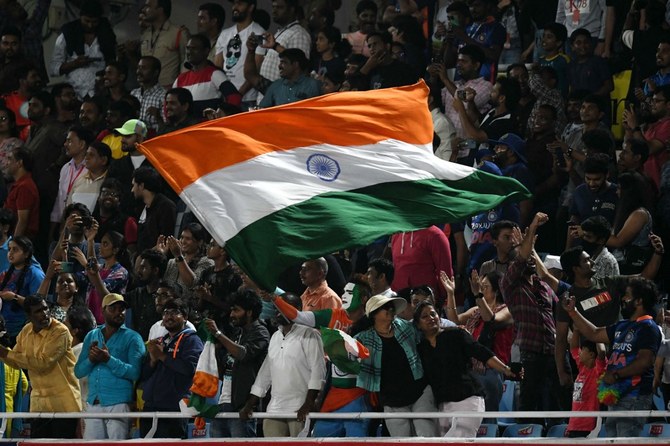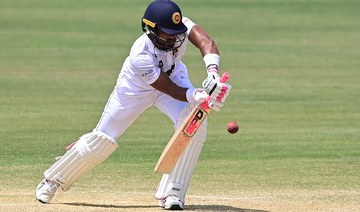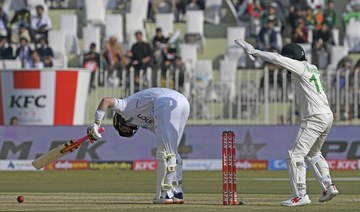If evidence is needed of cricket’s attempts to ape the commercial march of football, then the decision of the Board for Control of Cricket in India, or BCCI, to introduce a tactical substitute system into the Indian Premier League, known as the IPL, in 2023 is an example. However, it has taken years to arrive at this position.
Substitutes were introduced in professional football for the qualifying rounds of the 1954 World Cup, although it was not until 1970 that they were allowed in the finals, despite having been added to the Laws of the Game in 1958. Many countries adopted the measure during the 1950s but English football authorities dragged their feet and it was not until 1965 that the first substitution was made in the English league. In 2022-23, five substitutes are allowed, whilst, in 2021, trials took place relating to substitutes for players suspected to have suffered concussion during a match.
The same concern has been taken seriously in cricket. In July 2019, the International Cricket Council, or ICC, announced a provision for concussion-substitution in Test cricket. If a player suffers concussion and becomes unfit to take any further part in the match, a like-for-like substitute is allowed to play. There are restrictions. If a specialist batter is injured and there is no specialist batter in the squad, but an all-rounder is available, then that player is only allowed to bat. A specialist bowler cannot substitute for a specialist batter. The first call on the provision occurred soon after its introduction. In August 2019, a specialist Australian batter was concussed in a Test with England at Lords and was replaced with a like-for-like substitute.
Prior to this sensible concussion provision, any injury incurred by a player during a match, sufficient to lead to him or her to leave the field either for the remainder of the match or for a shorter time, triggered the use of the “12th player.” Traditionally, this was the player, or one of the players, who was not selected in the starting lineup. Given that the player may not be happy to be omitted, there was no guarantee that the duties would be conducted with good grace and efficiency. One very famous player, who was not selected for the starting 11 when first picked for his country, is rumored to have paid someone else to perform his duties.
Since the 12th player is not permitted to either bat or bowl in the match, the duties are mostly unglamorous. They involve taking out replacement equipment, including bats, messages from coach and/or captain, drinks, ensuring that the team bath has been run to proper temperature, that drinks have been procured for consumption at the end of the day’s play, and sympathizing with a colleague who has been dismissed harshly or cheaply. One legend of the game is rumored to have had a permanent 12th man one season when captaining a county side because he was concerned with horse racing. The messages exchanged in the middle were mainly about the results of a race and which horse to select for another race.
On occasion, fate strikes a 12th player. This could be a catch or an outstanding or calamitous piece of fielding. One famous example occurred at Trent Bridge, Nottingham in 2005, when England’s substitute fielder pounced on the ball at cover, threw down the stumps, to leave a well-set Australian captain out of his ground. The moment irked the Australian for years, even more so as it was a decisive one in the game.
In recent years, there has been a tendency for the 12th player to be someone on the fringe of the team, so as to provide him or her with a taste of the action. In addition, some of the tasks have changed. Formal, timed, drinks breaks are now common, communal baths are less common, and additional ways of communicating messages exist. The BCCI’s proposal for IPL 2023 will go beyond the role of the 12th player as a partial substitute, effectively severing their traditional link as a substitute fielder.
Although the details of the BCCI’s scheme have not yet been revealed, it is thought likely to follow the lines of the Impact Player system used in the 2022 Syed Mushtaq Ali Trophy, India’s domestic T20 competition. At the toss, each team was able to name four substitutes, one of whom could replace any member of the starting team at any point before the end of the 14th over of either innings. The player was able to replace someone who had already been dismissed and bat, as long as no more than 11 players batted. Alternatively, a bowler who had already delivered some overs, could be replaced, with the substitute allowed a full quota of four overs.
There have been previous experiments with substitute systems. Super subs were introduced into one-day internationals, or ODIs, by the ICC in 2005. Under this, a substitute, who had to be named prior to the toss, was a direct replacement for another player. If the original player had been dismissed, the substitute could not bat and could only bowl the number of overs that the original player had not delivered. The system proved to be unpopular with players. It was judged that sides who were already advantaged by winning the toss also benefitted from using their substitute to far greater effect. The experiment was ended in March 2006.
Australia’s Big Bash League experimented with an X Factor system in 2020, whereby teams were able to substitute a member of the starting team after 10 overs of the first innings if the player had not already batted or bowled more than one over. Utilization of the substitute system has been infrequent, suggesting a lack of traction. It has been dropped for the 2022/23 tournament. This flies in the face of the BCCI’s direction of travel and may represent a divergence in T20 innovation philosophy between boards, players and viewers in different countries. It will be fascinating to follow how this plays out in the forthcoming global evolution of T20 franchise cricket.















